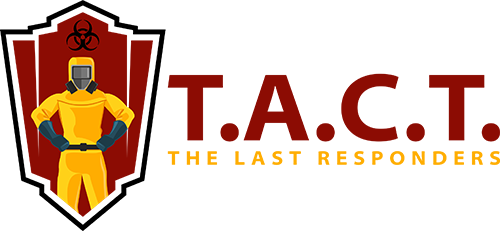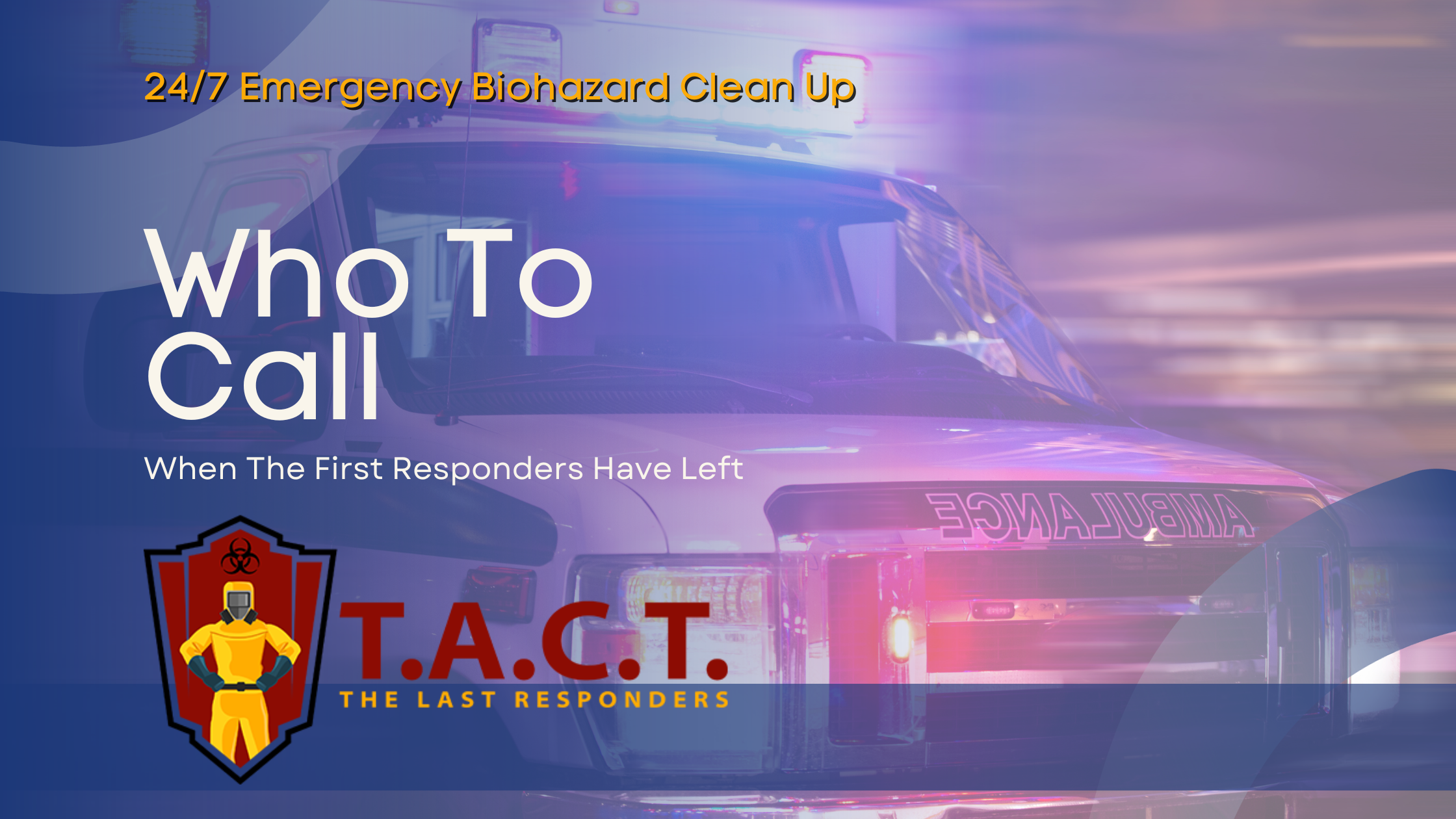Top Hoarding Recovery Resources You Need to Know
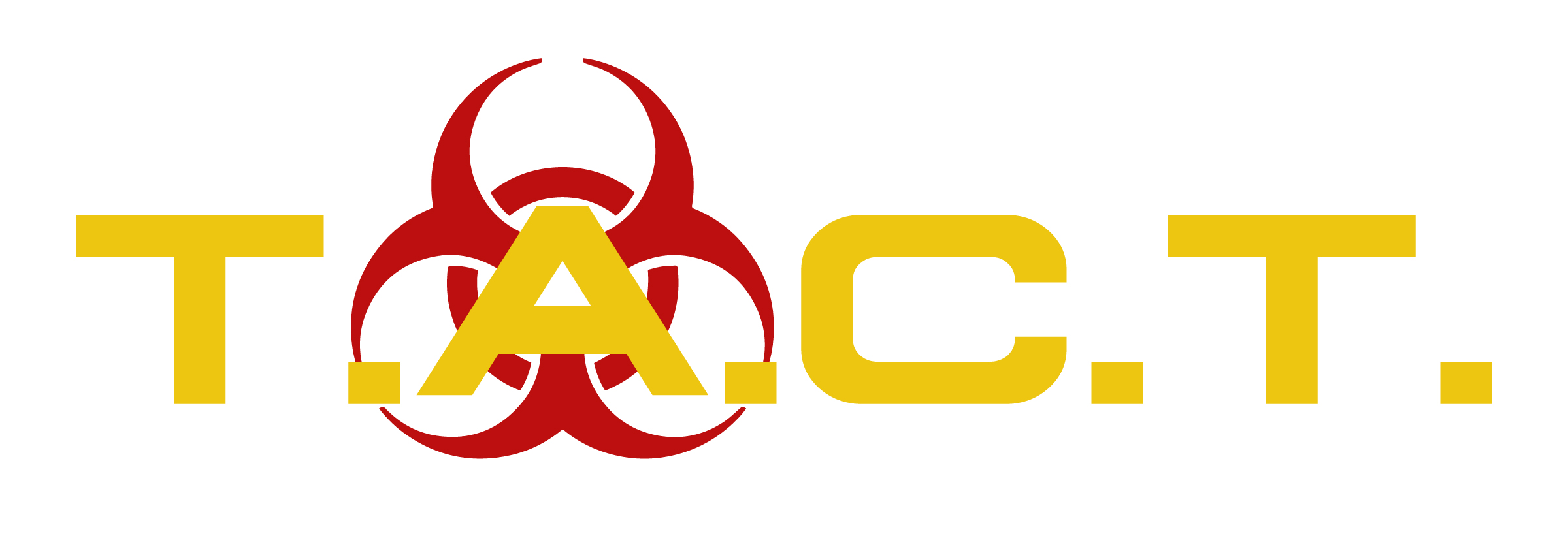
Top Hoarding Organizations Offering Support and Resources for Recovery
Living with hoarding disorder can be overwhelming, both for individuals experiencing the condition and for their loved ones. With significant challenges ranging from emotional distress to physical safety concerns, finding reliable support becomes crucial. Thankfully, several organizations and professionals specialize in helping those affected by hoarding disorder.
This blog provides an in-depth look at hoarding disorder, professional resources available, and how to connect with support networks. Whether you’re navigating your own recovery, supporting a loved one, or seeking ways to contribute to the cause, this guide offers actionable solutions and hope for recovery.
Understanding Hoarding Disorder
What Is Hoarding Disorder?
Hoarding disorder is a mental illness characterized by an intense difficulty discarding or parting with possessions, regardless of their actual value. This compulsive behavior often leads to accumulated clutter that affects daily functioning and causes significant distress.
Symptoms of hoarding disorder include:
Persistent difficulty parting with items.
Feelings of distress at the thought of discarding possessions.
Spaces becoming unusable due to clutter.
Isolation from family, friends, or community due to shame or embarrassment.
The Difference Between Hoarding and Chronic Disorganization
While hoarding disorder involves psychological distress, chronic disorganization typically stems from a lack of systemized organization skills, without the compulsive nature and emotional attachment seen in hoarding disorder.
Hoarding Disorder & Its Links to Mental Health
Hoarding disorder often coexists with other mental illnesses, including:
Obsessive-Compulsive Disorder (OCD)
Anxiety Disorders
Depression
For some, hoarding stems from trauma or a coping mechanism for unresolved emotional pain. By addressing the underlying issues through treatment, individuals may find relief from their compulsive behaviors.
Animal Hoarding
A subset of hoarding disorder involves excessive accumulation of animals without the ability to adequately care for them. This can result in poor conditions for both animals and humans, requiring immediate intervention from specialized professionals.
Professional Help and Services
Seeking expert help is a vital step toward addressing hoarding disorder. Below are key services and resources available for individuals and families.
Therapists and Clinics Specializing in Hoarding Disorder
The Resource Directory from organizations such as the International OCD Foundation or the Anxiety and Depression Association of America can connect you with therapists, clinics, and treatment programs that specialize in hoarding interventions.
Professional Organizers with Expertise in Hoarding
Engaging with professional organizers can help individuals declutter their spaces with guidance and sensitivity. Organizations like the Institute for Challenging Disorganization (ICD) certify experts who address both hoarding disorder and chronic disorganization.
Online Tools and Support Groups
Access free and paid resources, like webinars, forums, and virtual support groups, designed to connect individuals struggling with hoarding. For example, Hoarding Cleanup offers valuable resources, while Reddit forums provide community-based discussions from those with lived experience.
Community Responders and Mental Health Professionals
Fire departments, public housing offices, and public health services often have trained responders who specialize in working with individuals with hoarding disorder. They address safety concerns while connecting individuals to professional mental health services.
Support Groups for Hoarding Disorder
Support groups can break the isolation many individuals with hoarding disorder experience. They foster connection, understanding, and encouragement.
Online Support Groups
Join virtual groups on platforms such as Zoom or forums where participants share their experiences and insights. Examples include Clutterers Anonymous (CLA) and Meetup’s hoarding-specific communities.
Local Meetups and Support Networks
Many cities host in-person gatherings for individuals affected by hoarding disorder. These groups encourage connection and provide a safe space to share strategies.
For Family Members
Support groups for families of hoarders, like those offered by NAMI (National Alliance on Mental Illness), give loved ones tools to cope with the emotional toll and guide encouragement without judgment.
Resources for Family Members and Loved Ones
Hoarding disorder doesn’t just impact the individual; it deeply affects family members. Loved ones often feel confused, frustrated, or helpless. Here’s how to begin navigating this dynamic.
Understanding the Impact
The emotional and physical toll on family members often includes strained relationships, stress, and health risks when living within cluttered homes. Recognizing these challenges is the first step in addressing them compassionately.
Supporting a Loved One with Hoarding Disorder
Encouraging professional intervention, therapy, and slow, manageable changes can help loved ones feel supported rather than judged. Education is paramount—learning the difference between constructive support and enabling hoarding behaviors builds better boundaries.
Connecting with Others in Similar Situations
Family-focused forums provide a shared space to discuss challenges, successes, and strategies with people facing similar responsibilities.
Recovery and Treatment Options
An effective recovery process for hoarding disorder includes comprehensive treatment options tailored to individual needs.
Cognitive Behavioral Therapy (CBT)
CBT remains a gold standard in treating hoarding disorder. It focuses on breaking the emotional attachment to possessions while building new habits for discarding items and staying organized.
Medication
For individuals experiencing coexisting conditions like OCD or anxiety, medication prescribed by a qualified psychiatrist may complement behavioral therapy.
Recovery and Online Tools
Websites like HelpForHoarders.co.uk and tools like the Clutter-Hoarding Scale help individuals take measured steps toward recovery. These platforms encourage self-awareness and offer clear progress pathways.
Getting Involved and Giving Back
The fight against hoarding disorder needs advocates, volunteers, and financial contributors. Here’s how you can make a difference.
Donations
Organizations like the International OCD Foundation use donations to fund research, treatment programs, and public education campaigns.
Volunteer Opportunities
By offering time and expertise, volunteers ensure those struggling with hoarding receive compassionate support. Cleaning services, companion care, and advocacy are just a few ways to get involved.
Awareness Activities
Spread awareness about hoarding disorder by participating in social media campaigns, events, or conferences addressing the topic.
Tools and Resources for Ongoing Support
These additional tools provide valuable support for individuals and families continually managing challenges associated with hoarding disorder.
Clutter-Hoarding Scale: Assess clutter levels to track improvements over time.
Clutter Quality of Life Scale: Evaluate how clutter impacts life areas and motivates further action.
Educational Fact Sheets: Trusted organizations like the ADAA provide free downloadable PDFs about hoarding recovery strategies.
Take the First Step Toward Change
Hoarding disorder may feel insurmountable, but help is within reach. By working with professionals, engaging in support groups, and educating yourself about recovery, you or your loved one can pave the way for meaningful transformation.
If you or someone you know is struggling, start now. Explore trusted resources, connect with industry experts, or donate to organizations helping others overcome this condition. Every small step leads toward recovery—and hope.
Latest news
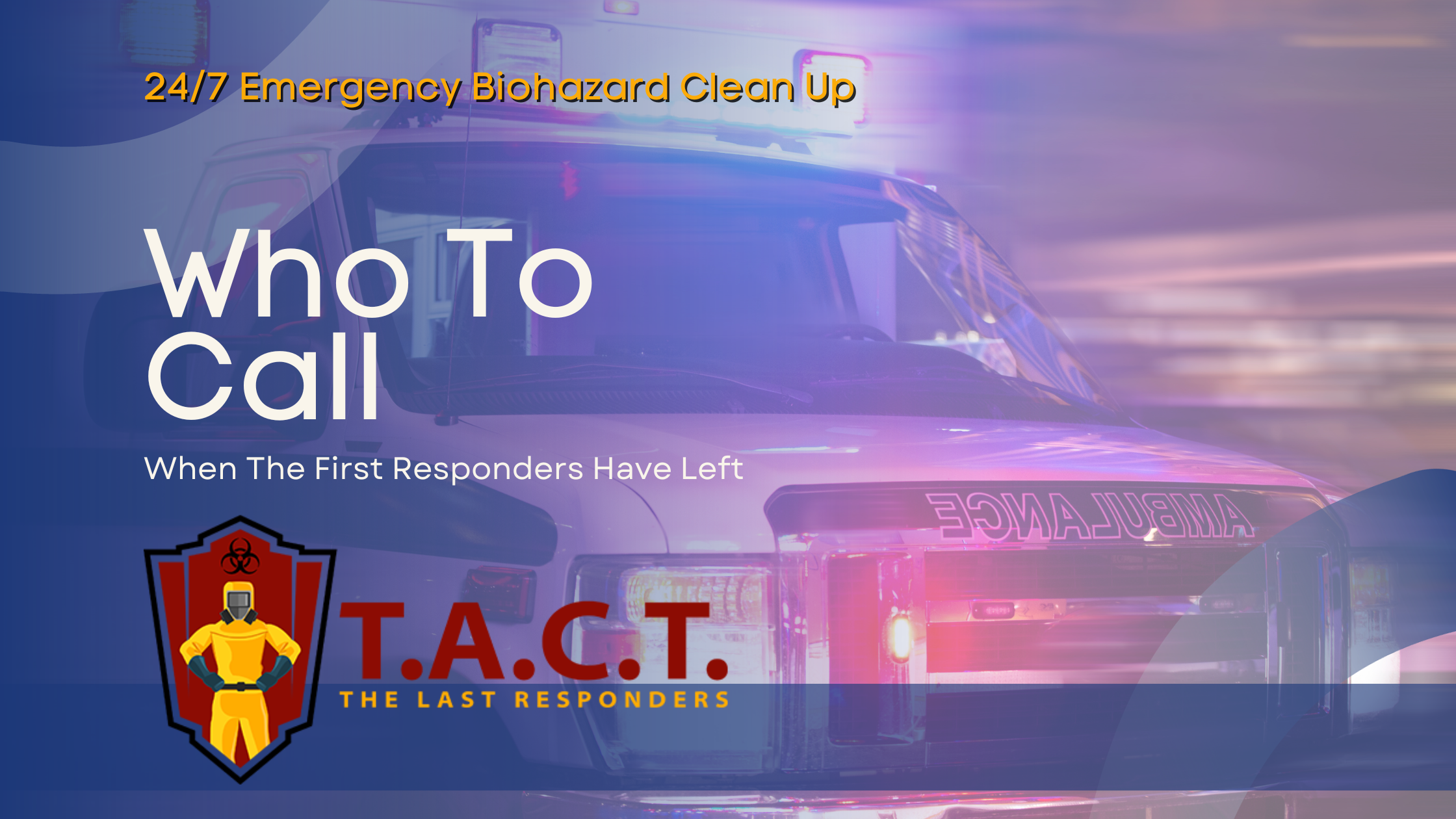
Bio Cleaning Services
Read More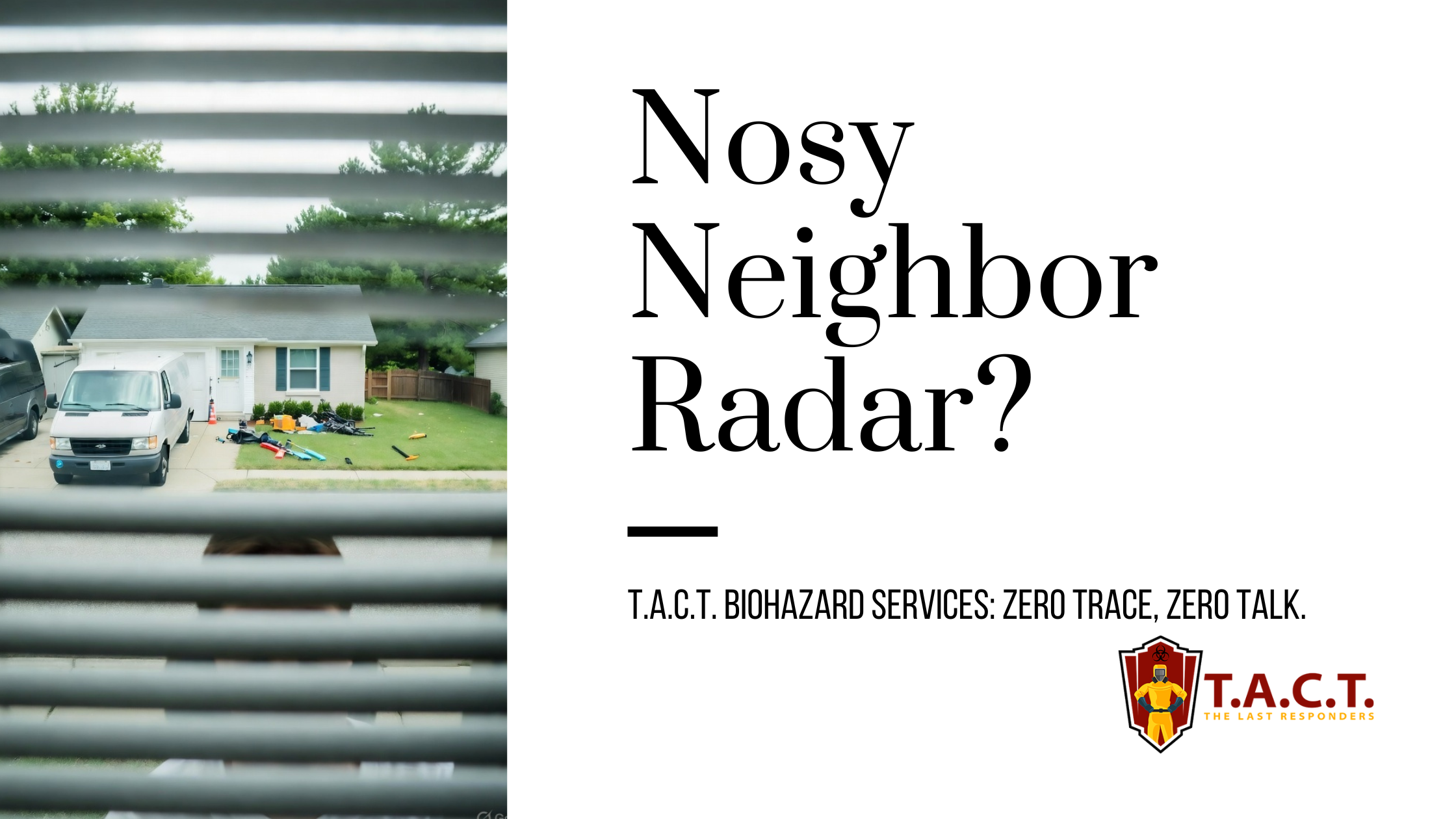
Nosy neighbors peeking? T.A.C.T. North Atlanta offers discreet biohazard remediation for rodent infestations, mold, hoarding, and more. Unmarked vehicles, quiet experts, full privacy—24/7 service at 470-781-4775.
Read More